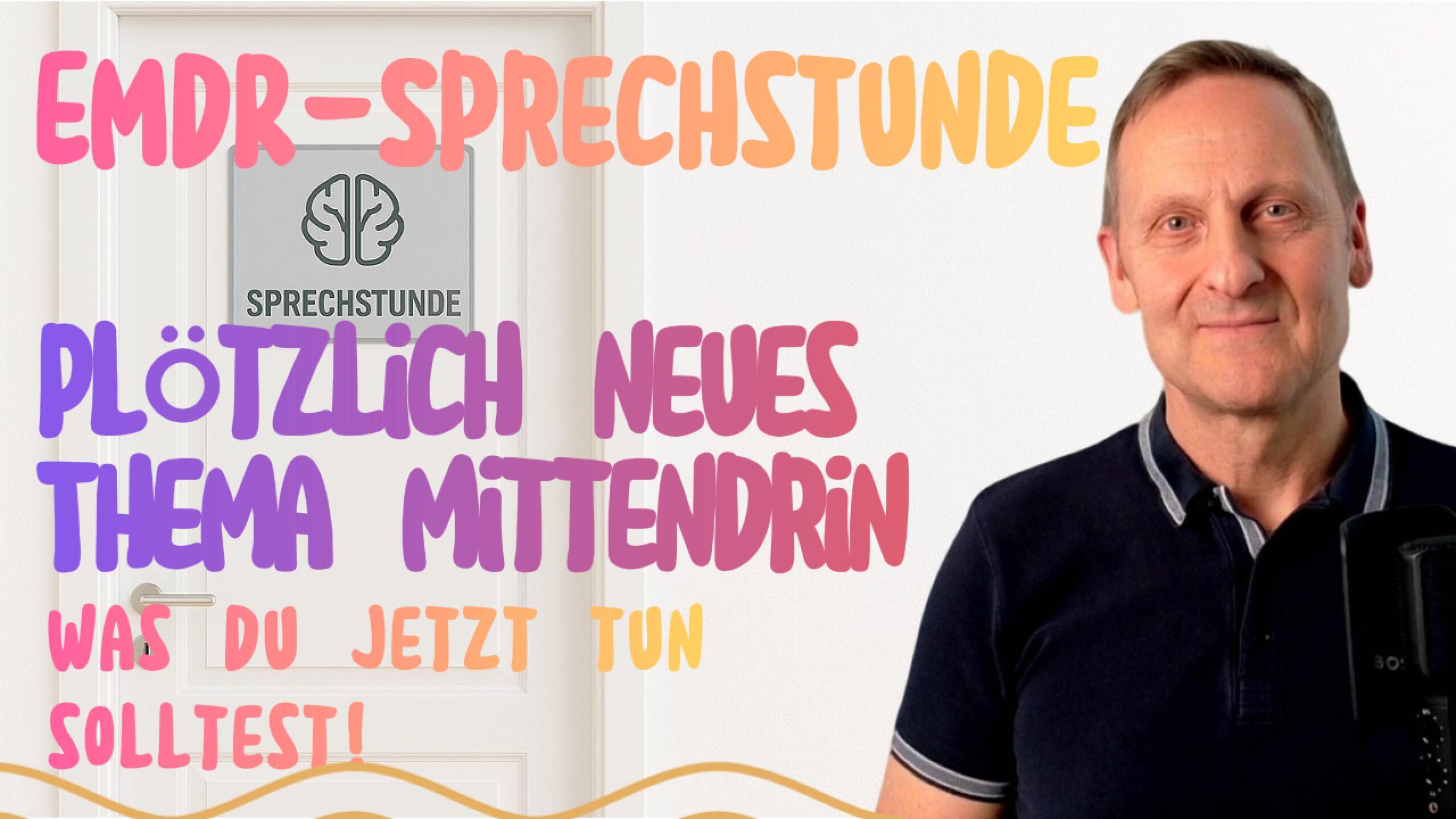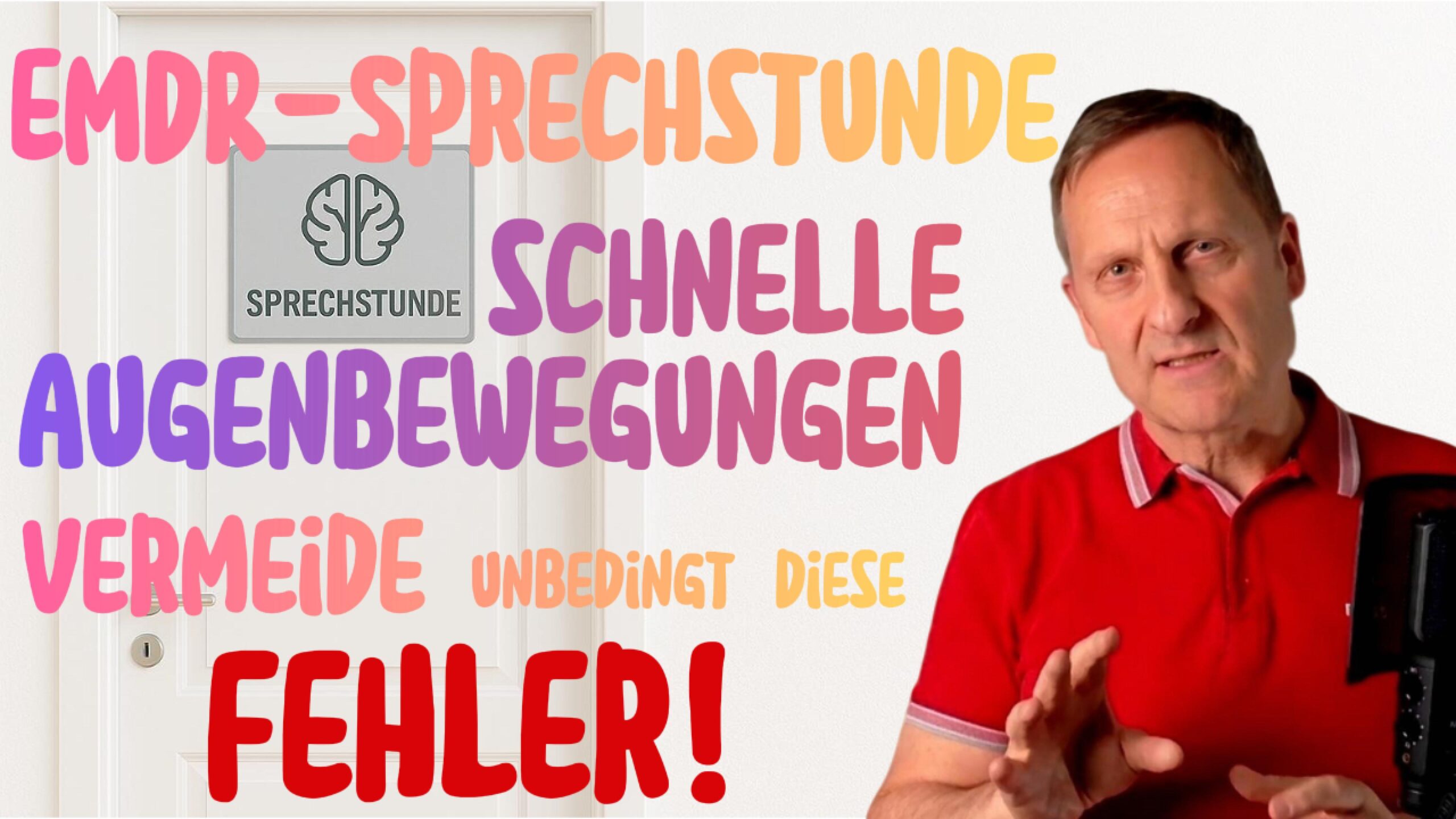The First Positive Thought in EMDR Self-Coaching: Simple – but Crucial
Those who work with EMDR – whether in therapeutic guidance or self-coaching – will sooner or later encounter a central element of the method: the so-called cognitions. These refer to evaluative thoughts that we have stored about ourselves in connection with distressing experiences. These cognitions play a key role in processing – and they provide insight into our inner self-image.
In the classic EMDR procedure, they are specifically identified, examined, and ultimately replaced with a new, positive belief at the end of the process. But how can this step be meaningfully implemented in self-coaching? And what really matters in this process?
Negative and Positive Cognitions – a Brief Introduction
Cognitions in EMDR are sentences closely linked to the distressing memory. They describe what we believe about ourselves – for example: “I am powerless”, “I am guilty” or “I am not safe.” These so-called negative cognitions reflect not only our thinking but also physically stored patterns: tightness in the chest, restlessness, feelings of helplessness.
At the end of the EMDR process, a positive cognition should take its place. A sentence like “I am in control”, “I am allowed to protect myself” or “I am safe”. This new thought is not simply claimed – it is felt, examined, and evaluated for its credibility in the therapeutic process. This is done using the so-called VoC scale (“Validity of Cognition”), a rating from 1 to 7 of how believable this statement feels at the moment.
Why this Step is Often not so Easy in Self-Coaching
In self-coaching, many people find this point particularly difficult. They are emotionally involved, possibly under high internal tension – and are now expected to not only formulate a suitable sentence but also evaluate how true it is.
The result: Overwhelm. Doubt. Or the impression of having failed. This is precisely why I have made a conscious simplification in my EMDR self-coaching model.
The “First Positive Thought” – an Alternative Approach
Instead of a complete positive cognition with a rating scale, self-coaching focuses on something else: the first positive thought.
This thought is not a finished sentence or a therapeutic goal definition. It is a beginning. A moment of inner relief.
A sentence like:
- “I have survived this.”
- “I am allowed to move on today.”
- “I am no longer there.”
And sometimes it’s a thought that seemingly has nothing to do with the topic – but brings a small glimmer of hope. Anything that triggers a quiet sigh of relief or a brief inner pause can be helpful here.
What this Thought Accomplishes
The first positive thought serves as an internal anchor in self-coaching. It does not replace therapeutic guidance – but it provides orientation. Above all, it takes the pressure off the process of having to do everything right or completely.
It is not a cognitive correction in the classical sense, but an invitation to allow a next step. No more – but also no less.
Conclusion
EMDR in self-coaching thrives on simplification without losing depth. The first positive thought is an important component of this adaptation. It doesn’t have to be perfect – but it is allowed to be there. And sometimes that’s exactly enough to make a difference.







